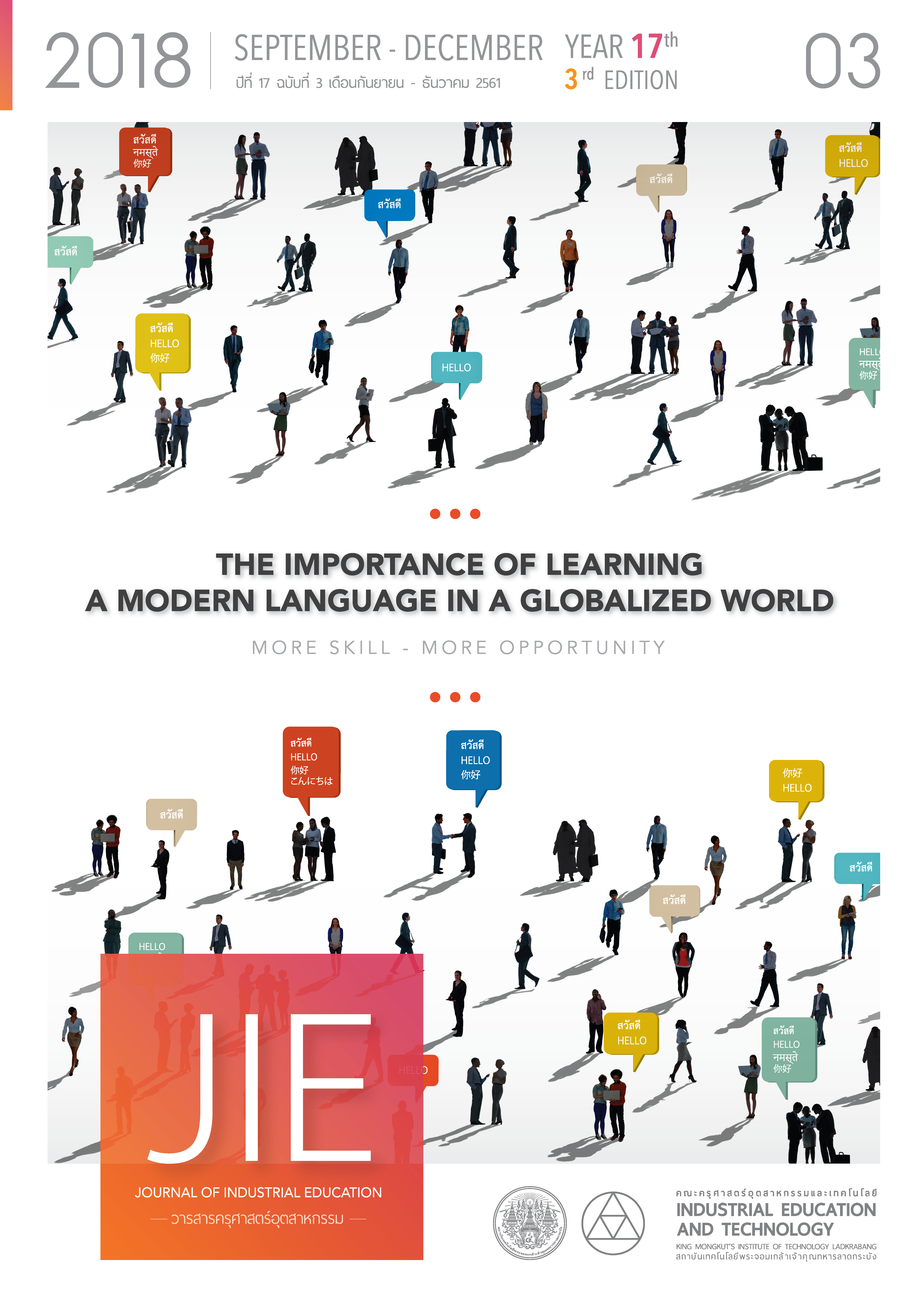DEVELOPING INSTRUCTIONAL MODEL BASED ON CONSTRUCTIVIST AND GRAPHIC ORGANIZER APPROACHES TO ENHANCE TEACHER STUDENTS’ ANALYZING ABILITY, NAKHON SI THAMMARAT RAJABHAT UNIVERSITY
Keywords:
Analyzing ability, Instructional model, Constructivism, Graphic organizerAbstract
The purpose of the study was to develop an instructional model aimed at enhancing teacher students’ analyzing skill. The model was based on the theory of Constructivism and the graphic organizer approach. The study samples composed of twenty two second year teacher students of Nakhon Si Thammarat Rajabhat University. They were taken by simple random sampling; class section was a unit of sampling. The research instruments were two lesson plans of sixteen hours in the curriculum development course, and experts’ evaluation form. Data were analyzed using arithmetic mean, standard deviation, and content analysis.
The results revealed that there were four key instructional processes of the developed model; Engaging, Searching, Constructing, and Applying. The quality of the developed instructional model by expert judgment was at a highest level (=3.77 from total score 4, S.D. = 0.50).
References
[2] Ptiyanuwat, S. 2013. Authentic learning and assessment. Workshop document on measurement and assessment of Thailand qualification framework of higher education. Bangkok: The Board of Higher Education and Teacher Development Network Association and Thailand Higher Education Organizations
[3] Wongkakeaw, L. 2011. The comparison of learning outcomes, analysis skill, and ability in conducting science project among 9th graders by using Inquriy-based learning (5E) with graphic organizer. Master of Education Thesis, Faculty of Education, Sakolnakorn Rajabhat University.
[4] Odom, A. L., and Kelly, P. V. 200). Integrating concept mapping and the learning cycle to teach diffusion and osmosis concepts to high school biology students. Science Education, 85(6), 615-635.
[5] Ponsaram, P. 2011. An higher education reform: Learning process development. Retrieved March 29, 2018, from www.edu.chula.ac.th/eduinfo/ed_resch/pansak.pdf
[6] Saripa, A. 2016. Enhancing Student Teachers’ Learning Outcome: A Case Study In Laws, K., Harbon L., and Wescombe, C. (Eds.). Investigations into professional practice: Learning from action research project: Australia & Southeast Asia. (DEPISA Monograph no. 4). p 87-94. Nakhon Si Thammarat: Nakhon Si Thammarat Rajabhat University.
[7] Chunim, C. and Supap, W. 2015. Development of Mathematical Thinking of Mattayomsuksa 1 Students by Using Instruction Activities Based on Cognitive Guided Instruction and Questioning Techniques of Badham. Journal of Community Development Research (Humanities and Social Sciences), 8(3), 104-115.
[8] Pansupawat, T., et al. 2013. The development of Rajabhat Sakonnakorn University’s 2nd year student teacher analaysis skill. Rajabhat Sakonnakorn University Journal, 5(10), 33-47.
[9] Termyon, T. 2005. The development of effective teaching and learning model for undergraduate students within Fine Arts Department. Doctoral Dissertation in Higher Education, Graduate School, Srinakarintarawirot University.
[10] Wijitnowarat, S., Asawasipongtorn, K. and Sookpom, T. 2014. A study of a development of an analysis skill of second year student teachers of the faculty of education, Chandrakasem Rajabhat University. Bangkok: National Research Management System (NRMS).
[11] Seputorn, W. and Iamkeaw, P. 2016. A Constructivism theory and a learning outcome of sixth graders’ analytical skill in a science class. Nakhonsawan research seminar document, Nakhonsawan. Retrieved April 30, 2018, from https://gs.nsru.ac.th/NSRUNC/research/pdf/33.pdf
[12] Boonphak, K. and Innoi, P. 2017. Active Learning. Journal of Industrial Education, 16(1), p. 1-4.
Downloads
Published
How to Cite
Issue
Section
License
"The opinions and contents including the words in papers are responsibility by the authors."
"ข้อคิดเห็น เนื้อหา รวมทั้งการใช้ภาษาในบทความถือเป็นความรับผิดชอบของผู้เขียน"



